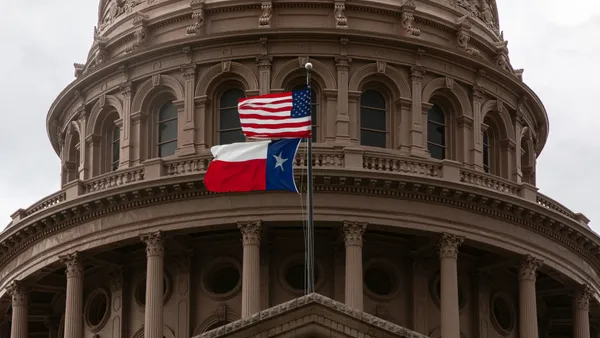Dive Brief:
- President Obama’s College Scorecard, a shadow of the college rating system he first proposed, went live late Friday with an incredible amount of data.
- While supporters are happy to see new data previously unavailable to students and families researching schools, critics point to a complete lack of context for any of it, especially for schools that serve primarily nontraditional or minority populations.
- NPR reports the scorecard covers the old basics like cost and graduation rate, as well as new data about how much students make 10 years after entering school, what portion of first-generation students are at a school, and what percentage of students pay at least $1 of principal on their federal loans within three years of leaving school.
Dive Insight:
President Obama initially wanted a college rating system that would hold schools accountable for their student outcomes. The plan eventually evolved and was going to include two sets of data — one raw and one contextualized based on school characteristics.
One of the biggest complaints so far over the College Scorecard is that users will not see how student characteristics factor into outcomes. The traditional elites with impressive graduation rates and graduate earnings may not be the most supportive environments for first generation college students or minorities, for example. Of course, there is always time to add context.














